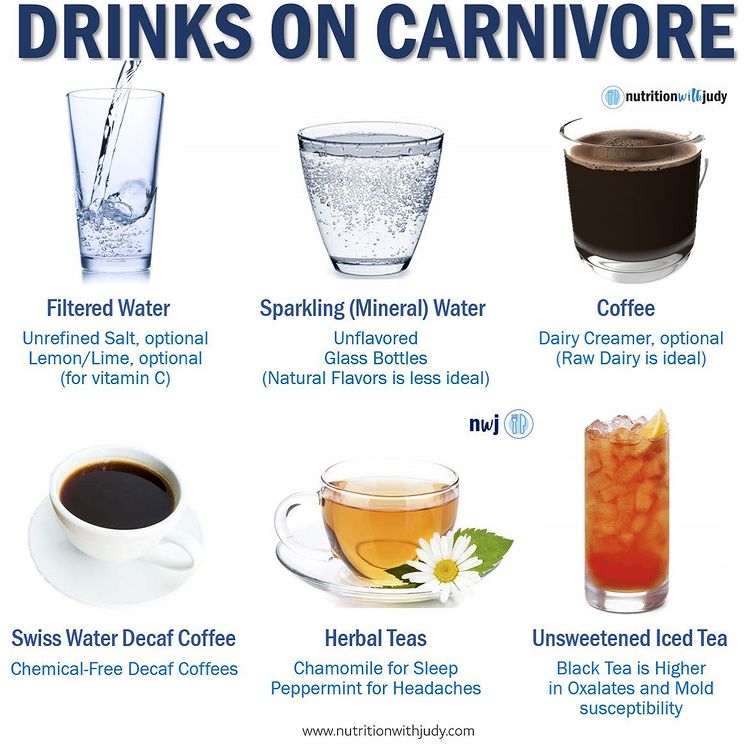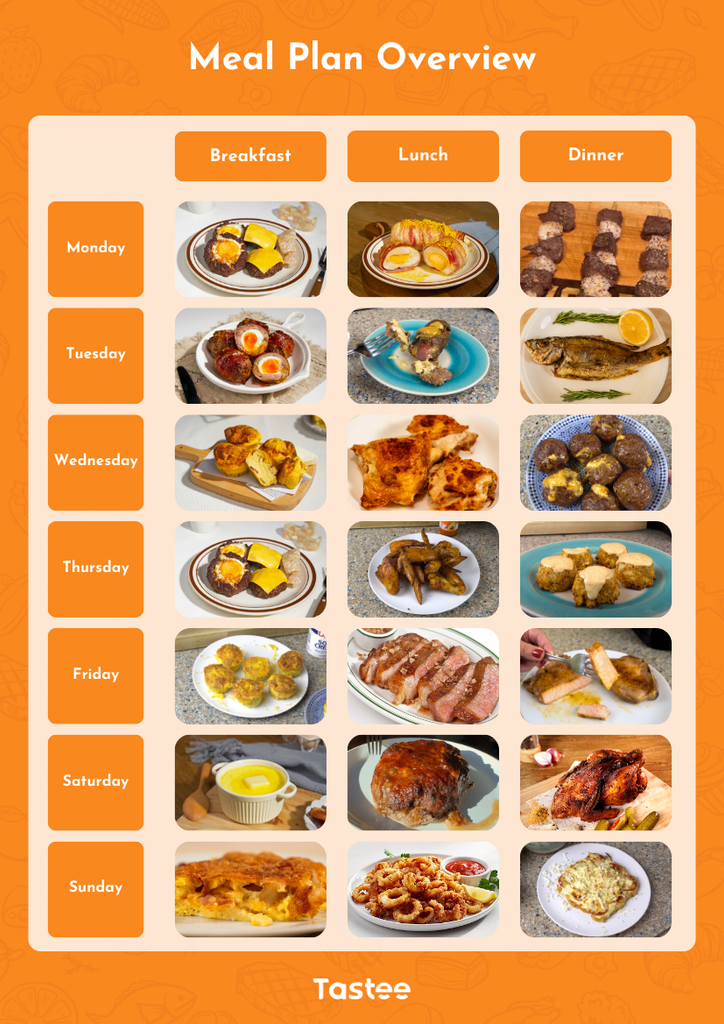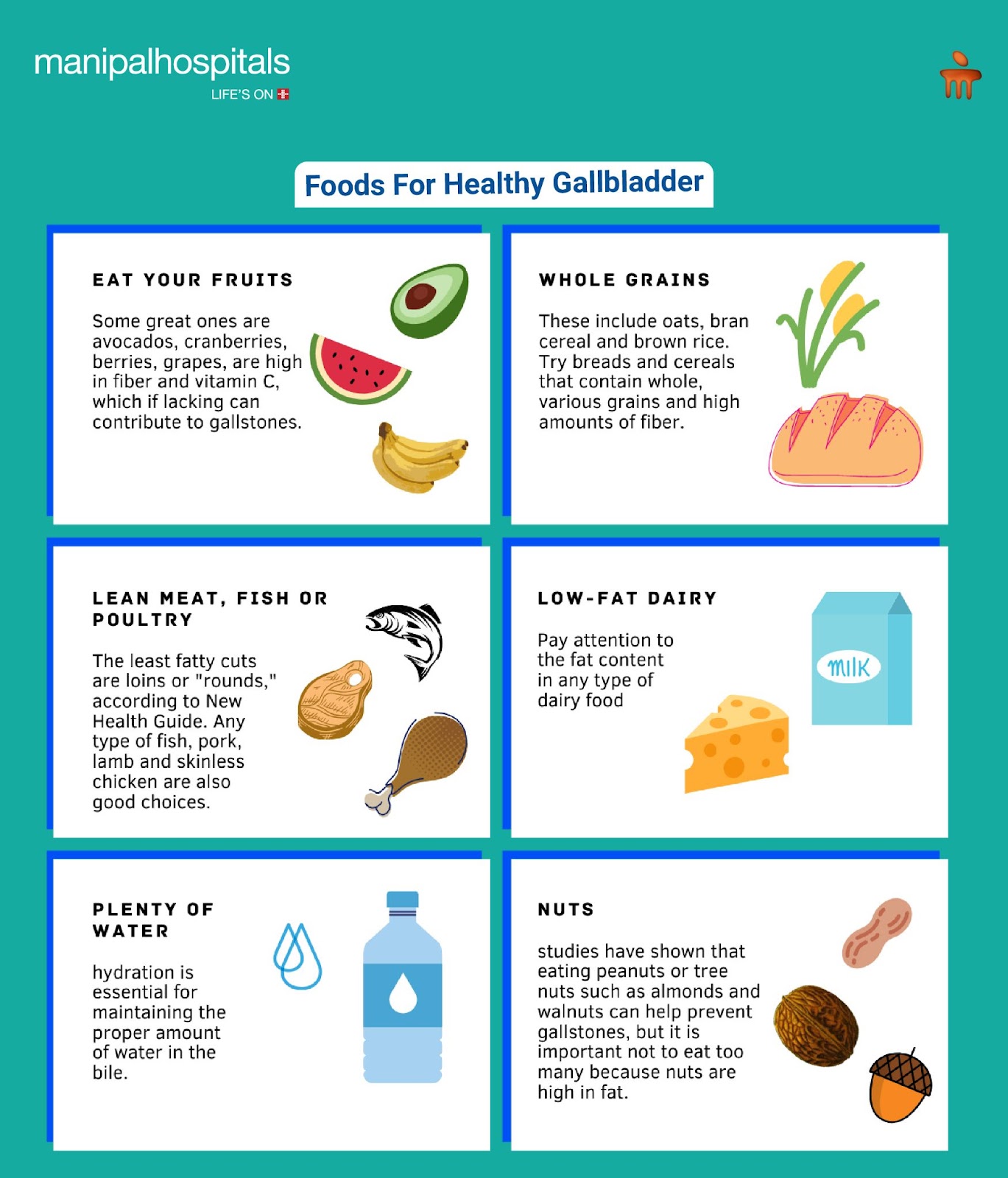Does Diet Soda Break a Fast: Unveiling the Truth
Imagine you’re deep into your fasting routine, feeling proud of your discipline, when suddenly, that craving for something sweet hits. You glance at a can of diet soda, wondering if it could be your guilt-free escape. But wait—does diet soda break a fast? This simple question might hold the key to whether your fasting efforts stay on track or derail. The answer isn’t as straightforward as you might think, and it’s crucial to understand the science and nuances behind it. Unravel the mystery of diet soda and fasting in this eye-opening article, where you’ll discover insights that could redefine your fasting experience and keep you confident in your dietary choices. Stay with us, and let’s get to the bottom of this bubbling debate together. Fasting Basics Fasting is an ancient practice gaining popularity today. It involves abstaining from food for a certain period. Many people fast for health, spiritual reasons, or weight management. Understanding fasting basics can help you decide which method suits you best. Types Of Fasting Intermittent fasting is common. It involves cycles of eating and fasting. For example, you might eat for eight hours, then fast for 16. Another type is alternate-day fasting. You eat normally one day, then fast or eat very little the next. Extended fasting lasts more than 24 hours. It’s more challenging and requires preparation. Purpose And Benefits Fasting can boost metabolism and help with weight loss. It may reduce inflammation and improve heart health. Many people report better mental clarity during fasts. Fasting can also give your digestive system a rest. This can lead to more efficient digestion later. Spiritual reasons include seeking a sense of renewal or discipline. Whatever your reason, fasting offers potential benefits worth exploring. Diet Soda Ingredients Diet soda is a popular beverage choice for those on a fast. But, understanding its ingredients is essential. This helps to determine if it breaks a fast. The main components are artificial sweeteners and other additives. These play a key role in its taste and calorie content. Artificial Sweeteners Artificial sweeteners are common in diet sodas. They provide sweetness without calories. Aspartame, sucralose, and saccharin are the most used. They trick the taste buds into sensing sweetness. But, they don’t add sugar to the bloodstream. Some believe sweeteners can trigger insulin responses. Others argue they don’t cause a significant reaction. Caloric Content Diet sodas typically have zero or very low calories. This makes them appealing during fasting. The absence of calories often suggests they won’t break a fast. But, some argue even minimal calories can disrupt fasting benefits. Always check the label for any hidden calorie sources. It’s crucial to ensure it aligns with fasting goals. Metabolic Effects Many wonder if diet soda affects fasting metabolism. It’s a common query. Diet soda contains artificial sweeteners. These sweeteners raise concerns about their metabolic effects. Understanding these effects helps in making informed choices. Insulin Response Diet soda often uses sweeteners like aspartame and sucralose. These don’t contain sugar. But they might still trigger an insulin response. Insulin is a hormone that regulates blood sugar. Some studies suggest artificial sweeteners may raise insulin levels. This can affect fasting goals. Glycemic Impact Glycemic impact refers to how food affects blood sugar. Diet soda is sugar-free. So, it doesn’t raise blood sugar directly. But the body’s response to sweet tastes could vary. Some people might experience changes in blood sugar. Others may not. This variation makes it tricky to predict glycemic impact. Credit: lasta.app Scientific Studies Scientific studies often explore if diet soda affects fasting. This topic interests many who fast for health or religious reasons. Understanding the science can help make informed decisions. Research Findings Some studies suggest diet soda doesn’t break a fast. Artificial sweeteners, like aspartame, have no calories. This means they may not trigger insulin or affect blood sugar. Many people find this reassuring. Drinking diet soda might not disrupt metabolic fasting benefits. Some research supports this idea. Scientists observed that insulin levels remain steady after diet soda consumption. This suggests it doesn’t break a fast. Conflicting Evidence Other studies show mixed results. Some suggest artificial sweeteners may increase hunger. This can lead to overeating later, affecting fasting goals. Diet soda might alter gut bacteria. This change can impact metabolism. Some scientists think this might break a fast. Research on long-term effects is limited. Some argue diet soda may not be suitable during fasting. More studies are needed to confirm these findings. Expert Opinions Many people wonder if diet soda breaks a fast. Experts in nutrition and health have diverse opinions on this topic. Their insights provide valuable information for those curious about fasting. Nutritionist Insights Some nutritionists believe diet soda doesn’t break a fast. They argue it has no calories, so it doesn’t affect fasting. Yet, they caution against its artificial sweeteners. These can trick the body into feeling hunger. Others suggest sticking to water or herbal teas. These options are more natural and keep the body in a fasting state. Health Expert Views Health experts have mixed feelings about diet soda during a fast. Some say it might impact insulin levels. Even without calories, the sweet taste could trigger a response. This could potentially break a fast. Others focus on the chemicals in diet soda. They express concerns about long-term health effects. Opting for natural drinks is often recommended. Credit: fastic.com Practical Considerations When deciding whether diet soda breaks a fast, practical factors matter. Each person has unique goals and preferences. Understanding these can help make informed choices. Personal Goals Personal goals influence fasting choices. Some fast for weight loss. Others aim for better focus. Diet soda might affect these goals differently. Weight loss seekers may worry about insulin spikes. Those fasting for mental clarity might worry about artificial sweeteners. Consider how diet soda aligns with your fasting objectives. Dietary Preferences Dietary preferences also play a role. Some people avoid artificial ingredients. Others don’t mind them. Diet soda contains artificial sweeteners. These can conflict with natural diet preferences. For … Read more






